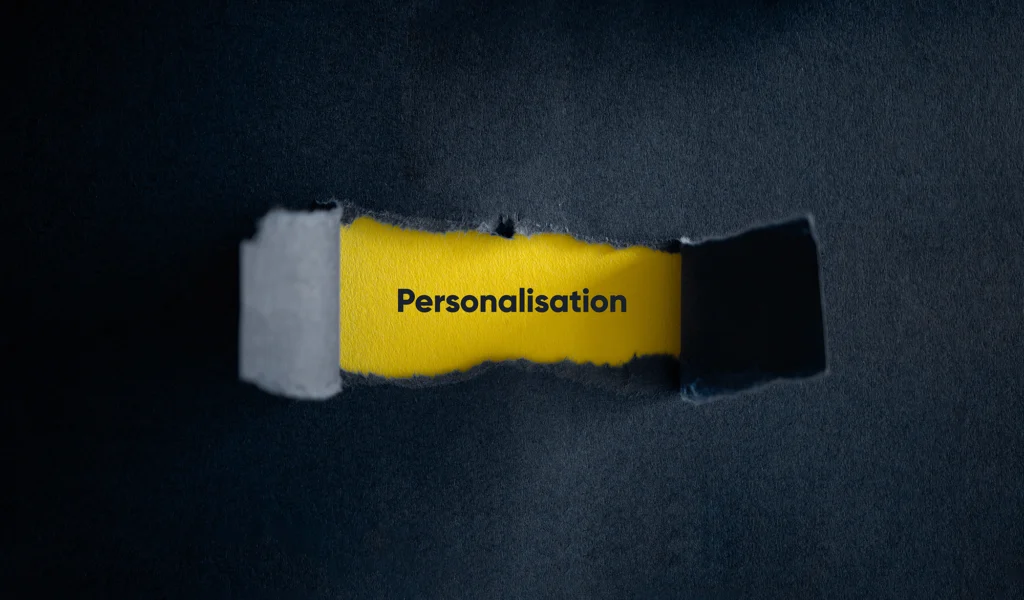“You say tomato, I say tomato”. This famous fruity phrase perfectly epitomises how communication can often seem simple, but in reality can be imbued with complexities and ambiguity. The same goes for direct translations: taking the source copy and adapting it to another language may sound simple enough, yet sometimes tone, nuance, context and other essential factors can go missing.
However, should George and Ira Gershwin – the writers of the aforementioned phrase and song – have known of a process called transcreation, they may not have been as hasty as to “call the whole thing off”.
Translation vs. Transcreation vs. Localisation: What’s the difference?

Transcreation is a process that involves adapting content from one language to another, but ensuring that its intent, style, tone and context remain. Combining the words ‘translation’ and ‘creation’, transcreation describes the process of translating content so fluently and seamlessly the audience is unaware they’re reading a translated version.
While a straightforward translation focuses on converting source text from one language to another in a seamless manner, transcreation requires a creative and cultural adaptation to ensure the message reaches the target audience in a way that feels natural, but also culturally appropriate.
Localisation is the process of changing the properties and characteristics of a product or campaign to ensure not only that the translation of language works on a functional level, but it also incorporates factors such as cultural, political and legal differences. Manufacturers and brands need to factor in not only words but also images, layouts, time and date formats, colours and more when rolling out products and marketing collateral across international markets.
Many global brands require a strong localisation strategy, especially when launching products into new markets. For instance, McDonald’s had to adapt its “I’m lovin’ it” slogan in China to “I just like it”, due to “love” being a word in China that has a powerful meaning and is rarely used in common parlance.
Transcreation differs from localisation as it also factors in things like idioms, speech, phrasing and nuances.
The transcreation goal for local marketers, then, is to ensure that there is a strong focus on the intent of the copy, content or marketing collateral. Ideally, advertisers and marketers want their global campaigns to evoke the same response in every audience, no matter where they are in the world. To do this, transcreation is key.
Top Transcreation Trends and Innovations in 2024
Transcreation for SEO

Automatic translation counts as auto-generated copy, so this automated approach can actually be penalised by Google as the content will often not be unique, or could be inaccurate due to the direct translation process, meaning it will lose any authority. Google’s March 2024 update showed that the search engine giant will be clamping down on poor quality, autogenerated content, therefore, it’s essential that marketers use fresh, authoritative copy. This means that the best bet is for companies to use human translators to produce accurate translations of source material and ensure important cultural nuances are detected.
The advantages to having accurately translated, unique copy on a website are manifold: correctly-applied, locally relevant wording allows for longer dwell time, increases trust and authority, and can increase the chances of social sharing and receiving backlinks. The transcreation process can also better factor in differences in search volumes and intent for target keywords, checking to see that the keywords are still as relevant in the new markets.
AI: The Future of Transcreation?

The translation industry is one that has seen lots of change due to the advancement of artificial intelligence (AI). Tools like Google Translate, DeepL, Lokalise AI and more are becoming increasingly sophisticated, with many marketers leaning on machine learning and generative AI -driven tools to translate copy for international websites.
While the quality of output and advancements in AI has come on leaps and bounds in a short amount of time, using AI in transcreation is not going to be hailed as the “future of transcreation” any time soon. AI is known to fall short when it comes to cultural sensitivity, and as mentioned before, transcreation factors in a deep understanding of customs, beliefs, values and conventions of particular groups of people – something automation cannot yet fully grasp.
Growing Demand in Personalisation, Especially in Niche Markets

In the worlds of user experience (UX) and user interface (UI) design, personalisation has long been a specialty of major brands like Netflix and AirBnb. Now, many brands and companies are following suit and using algorithms to generate hyper-personalised, regionally relevant webcopy, widgets and call-to-action copy.
The reason why transcreation is a go-to technique for brands to turn to when spreading their hyper-personalisation strategies across international webpages is that it not only carries over the meaning of the message, but it also factors in intent – a crucial factor for brands looking to engage with their digital audiences.
Transcreation, particularly when utilised for personalisation marketing, is a really potent process to factor in, especially for niche markets. Niche markets require someone with deep local knowledge and expertise to accurately, sensitively and powerfully convey key messages and copy that will not only make sense to the audience, but actually prompt them to engage with the content.
Accurately Translated Virtual Reality Narratives

Virtual reality (VR) and augmented reality (AR) experiences are on the rise, with the recently launched Apple Vision Pro piquing the attention of consumers across the world. In fact, VR headsets are forecast to reach 24.7 million units by the end of 2028, according to the International Data Corporation, representing a five-year compound annual growth rate of 29.2%, as the consumer base slowly shifts from gamers to businesses utilising them for training, design and more.
With VR and AR environments becoming more and more commonplace, brands using the technology to connect with potential customers will need to ensure that the narratives and digital realms they create are relevant for different markets.
Transcreation is being heralded as the go-to technique for this medium. While advancements are slow as brands – and consumers – get to grips with the technologies, those exploring and experimenting now will need to ensure that transcreators are used to check translations are accurate, cultural sensitivities are factored in, story flow is in tact, and the user experience is consistent and meeting the objectives set out in the core, original markets.
Contact us
Looking for some help when it comes to transcreation? Global communications are Social Chameleon’s bread and butter, get in touch today.
